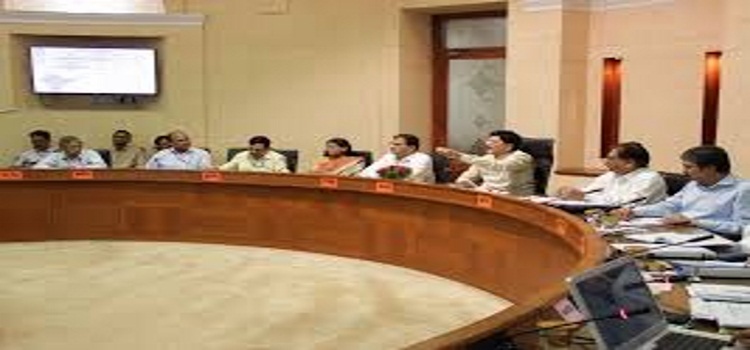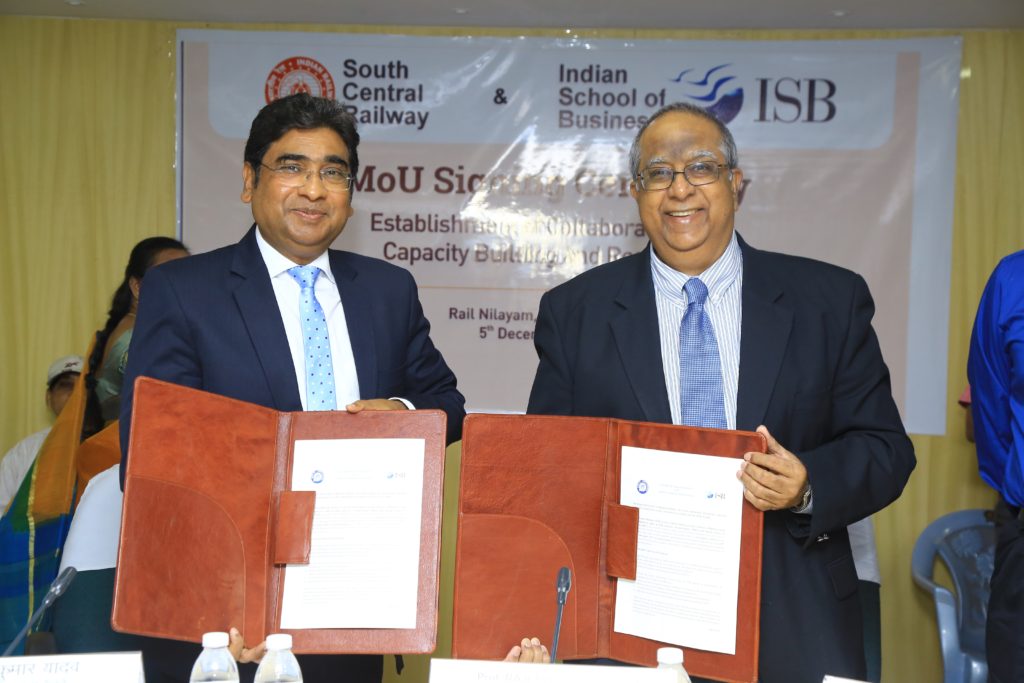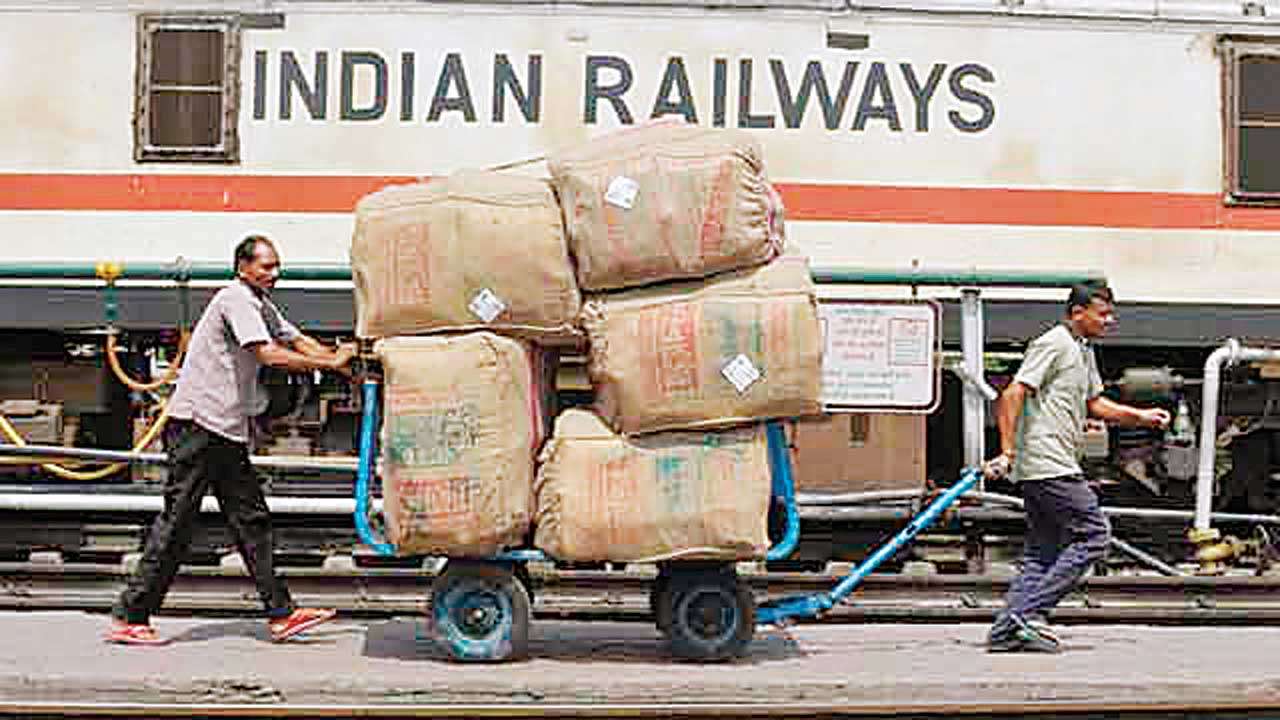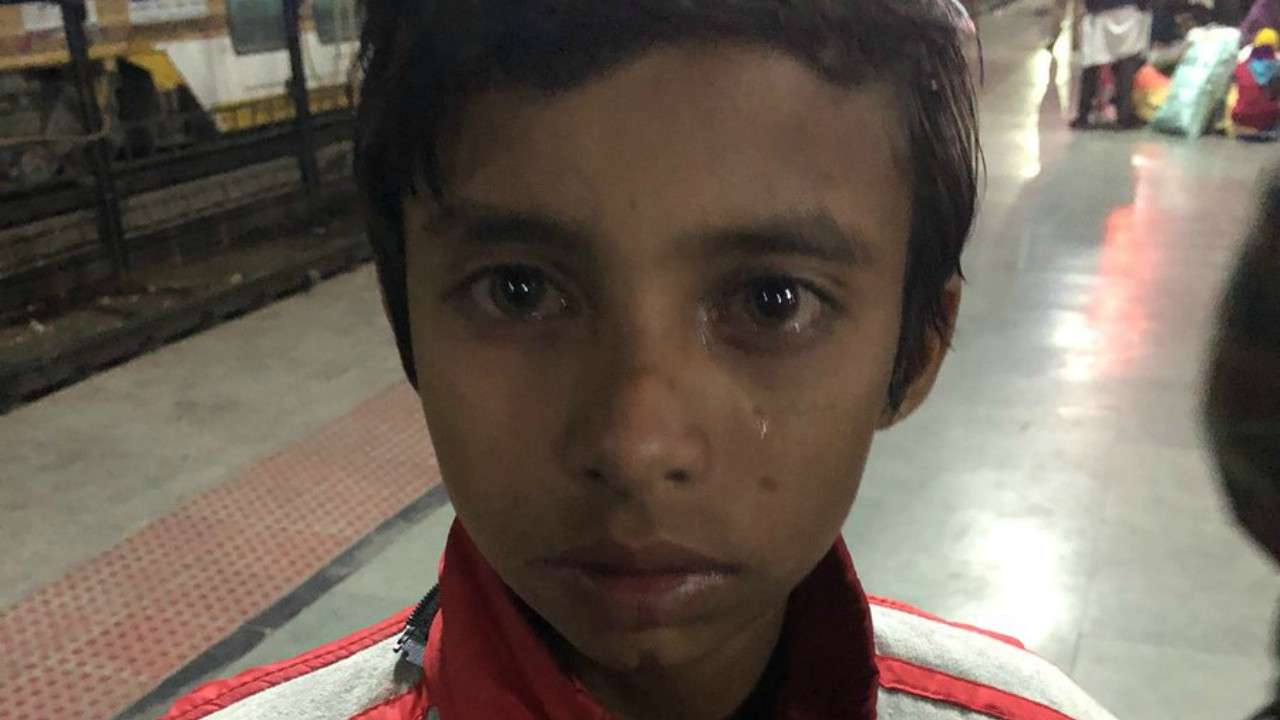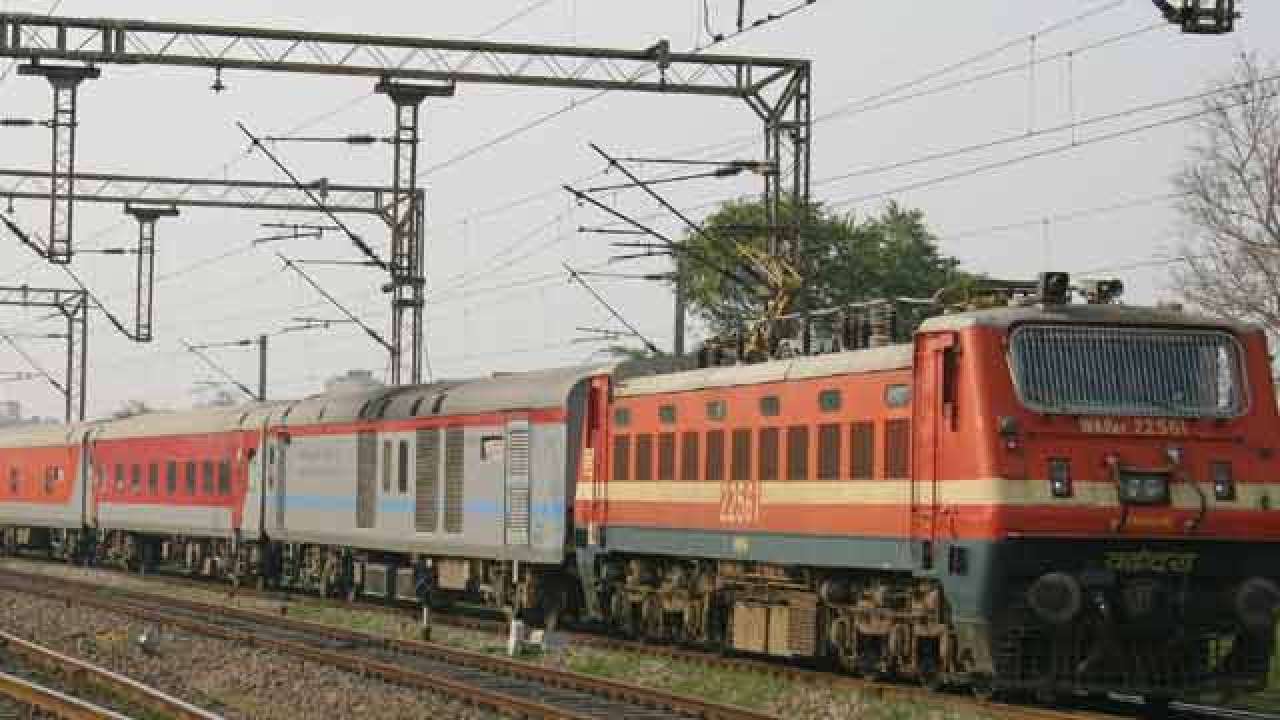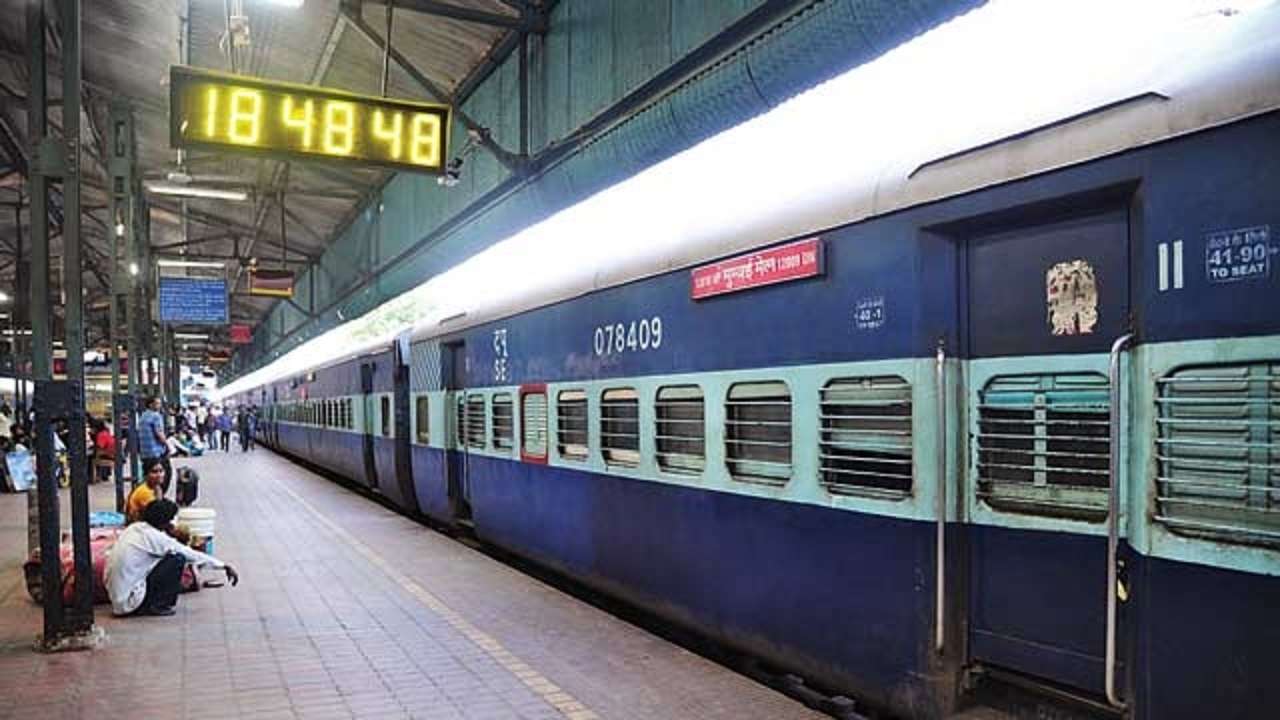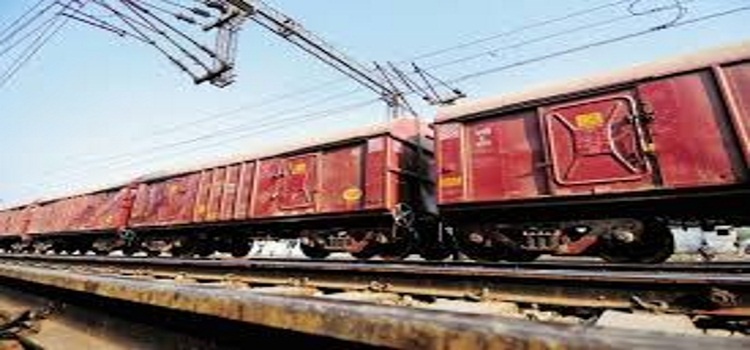
India’s capex cycle may be far from any immediate recovery. Interestingly, selected pockets like power T&D and railways have been keeping India’s engineering companies busy. Railways has started to become far more attractive and a bigger opportunity as projects have started to flow in. In its recent report prepared by the global consultancy firm McKinsey, the firm estimates Indian Railways to invest around Rs 8.5 trillion over the next five years, which is about four times the investment in the last five years.
Safety (Rs 1.27 trillion), station redevelopment (Rs 1 trillion) and high-speed elevated corridor (Rs 0.65 trillion) are other major areas proposed for the investment.
In terms of segment, the global consultancy firm indicated that the largest proportion of the investment will be in network expansion (Rs 1.93 trillion) and network decongestion (Rs 2 trillion) over the next five years.
This is good news for companies in the EPC space as this will be a huge opportunity for companies like KEC International and Kalpataru Power, who are the leading players in this space. KEC International has about 25 percent market share in railway electrification. During the first half of FY18, the company received orders worth Rs 140 crore. However, the company is expecting order flows to improve as it has already submitted bids of close to Rs 7000 crore and expects to get orders of worth Rs 2000 crore in FY18. KEC is one of the early entrants in this space with close to about 5 decades experience. With the traction in ordering improving, it will boost revenue.
Similarly, Kalpataru Power, which is sitting on an order book of close to Rs 9,600 crore or almost 2 times its FY17 sales, it has got a strong pipeline of orders in railways. Considering their capabilities and the expertise Kalpataru Power and KEC will also benefit as a result of electrification of railway lines.
The government intends to initiate electrification of 7000 km of rail lines and tendering is expected to be completed by end of March 2018. The long-term plant is to electrify close to 25000 km of railway lines with the estimated cost of Rs 35000 crore. Currently, of the total rail network of 66000 km only 30000 km of the railway lines are electrified. One other company whose products fits in this category is Siemens, which has already bagged a few projects relating to railway signalling and supply of the other components of the railway network systems.
Moreover, the government is coming out with the larger projects, which will benefit the listed companies as many of them stayed away from bidding given the small size of projects. Companies like L&T is looking at this segment as an opportunity. L&T was recently awarded Rs 1050 crore railway electrification project of 781 km rail tracks.
L&T is looking for the bigger pie of the opportunity considering its capabilities. It is also working for the metro rail, station development and a few other areas in the overall pie.


